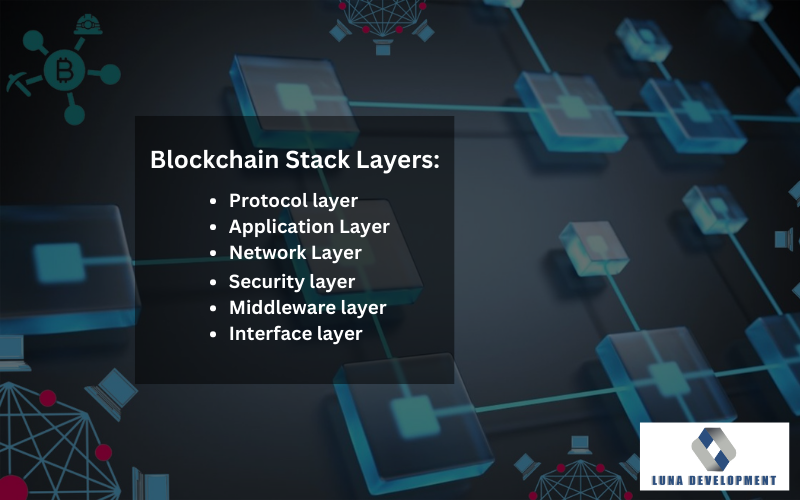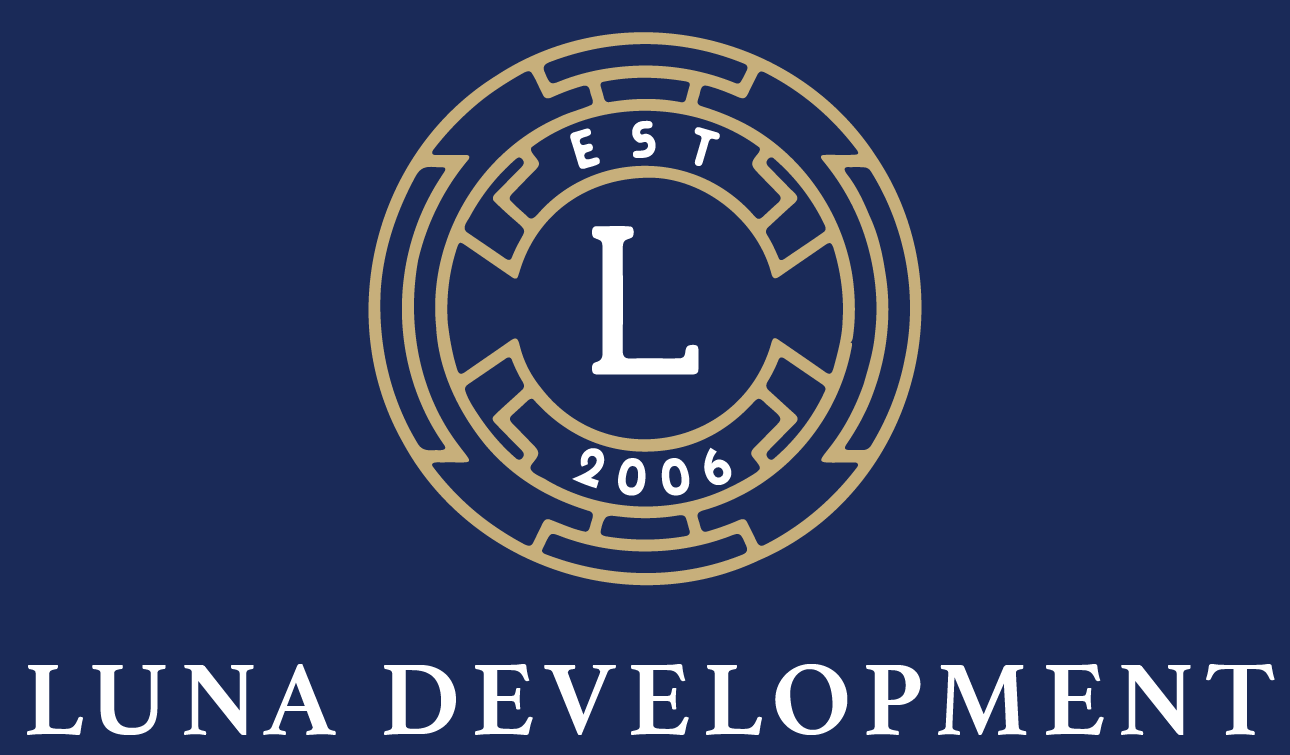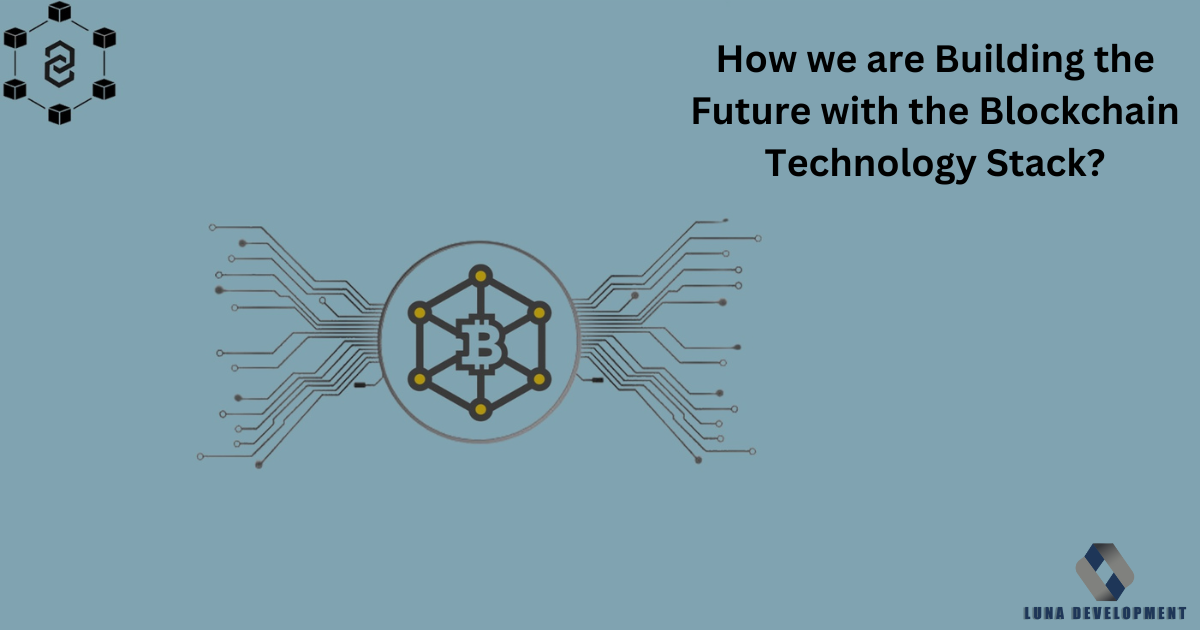What is stack in Blockchain Technology?
In the context of technology, “stack” refers to the set of software layers and components that work together to provide specific functions. The Blockchain technology stack is a multifunction framework that established the foundation for the functioning of the blockchain network and the evolution of decentralized applications. Being made up of several layers, this stack constructs the basis for the immutability, security and performance of the blockchain system.
Blockchain Stack Layers:
The blockchain stack consists of three main layers:
- Protocol layer
- Application Layer
- Network Layer
1: The protocol layer encloses the underlying agreement mechanisms, Data structures and cryptographic protocol that ensure the security and immutability of the blockchain. It includes elements like proof-of-stack, proof -of-work and different agreement directions.
2: The application layer is the top layer where decentralized applications are built. Custom functionality and smart agreements are developed at this layer using different languages like solidity. These applications interact with its database and run on the blockchain.
3: The network layer involves the network of nodes rebuilding the blockchain’s administrative ledger. It manages node discovery, peer-to-peer and data generation across the network. More additional layers can also be present to enhance the power of the blockchain technology stack.
- Security layer
- Middleware layer
- Interface layer
1: The purpose of the middleware layer is to provide additional tools and services for real estate investors to link with the blockchain easily.
2: The security layer is used to execute measures to secure the network and stop attacks.
3: The purpose of the interface layer is to create user-friendly interfaces to facilitate user interaction.
Altogether, these layers build the blockchain technology stack empowering the development of transparent, secure and decentralized applications beyond different industries. This technology is shaping the future in several ways, some of which we will discuss here.

Enhanced Security and Transparency:
The stack technology enhances transparency and security through decentralized consensus mechanisms, cryptographic protocol and tamper-proof data arrangement. These layers make sure that the data is unalterable, secure and visible to all participants, decreasing fraud, empowering trustless interactions and promoting a high degree of accountability.
Healthcare and Energy Care Revolution:
In the sectors of healthcare data security and privacy are of great importance. Blockchain technology stack offers secure recording the patient data and allows the authorized healthcare department to access a patient’s complete medical history.
This ensures accurate diagnoses and smooth coordination between healthcare experts. Patient privacy remains perfect with a centralized database. Blockchain technology expands the energy sector.
Through blockchain P2P (peer-to-peer) energy trading enables microgrids authorized communities to share, produce and sell surplus energy. This Decentralized approach reduces reliance on centralized utilities, promotes sustainability and encourages energy independence.
Conclusion:
Blockchain technology stack is a multi-layered framework that is modifying industries by offering advanced solutions that increase transparency, security and efficiency. From healthcare to finance, digital identity verification to supply chain management the applications are diversified and promising.
As we negotiate the challenges and opportunities handed out by blockchain technology, it is clear that we are at the entrance of a new age where trust is inherent, innovations know no bounds and transactions are logical.
Visit Luna Development for more information:

